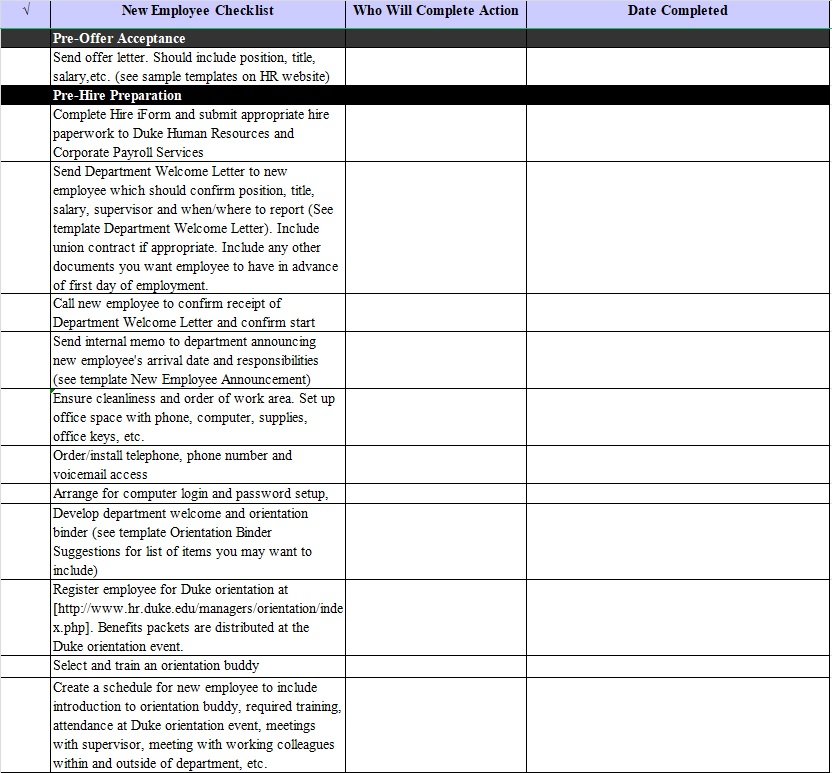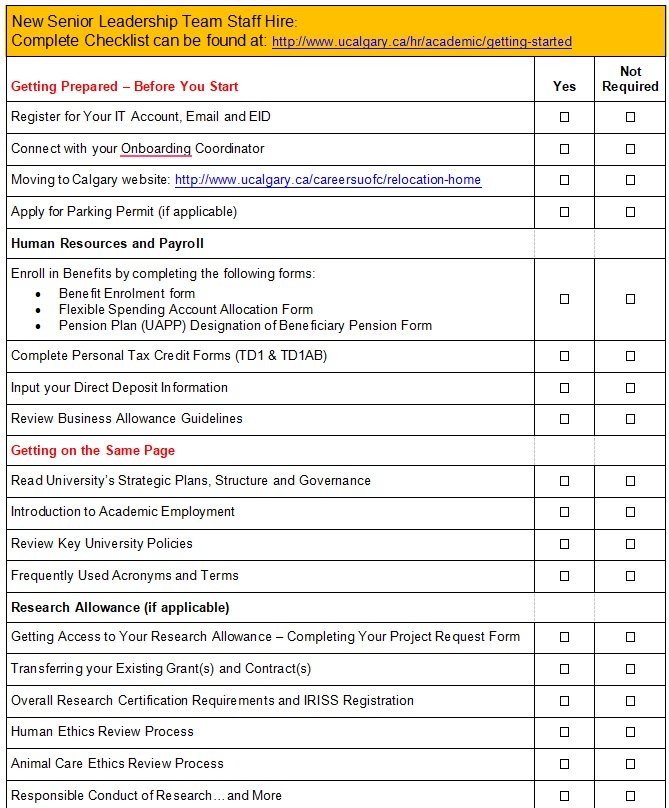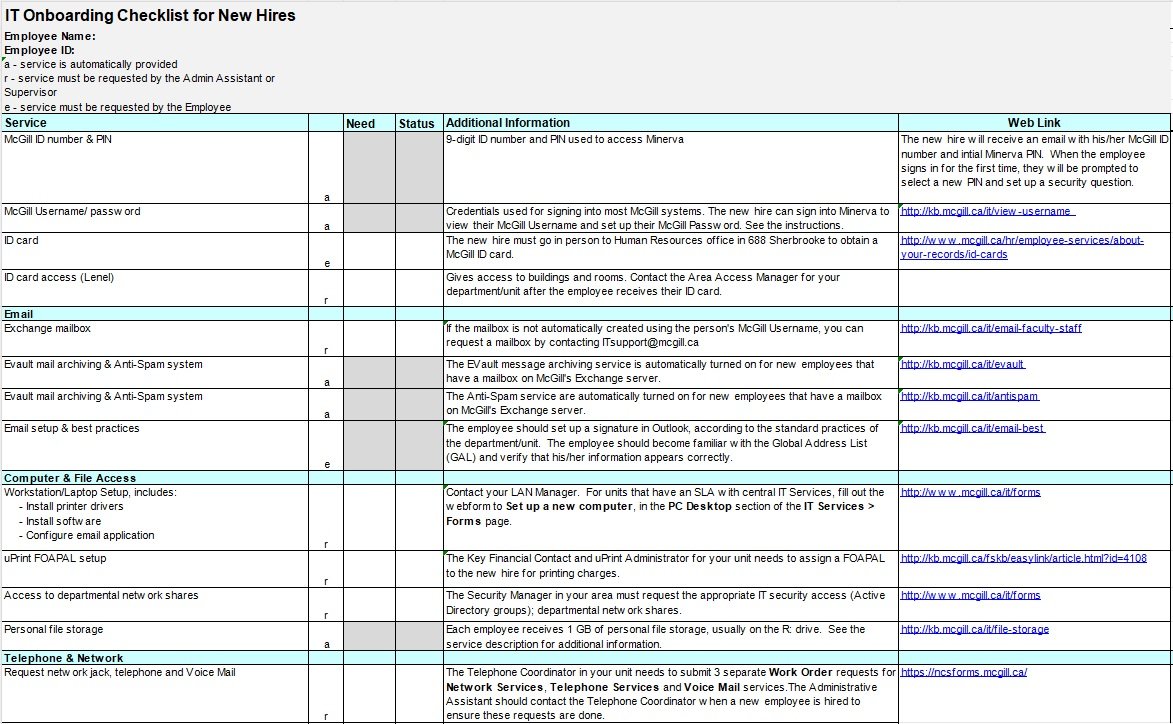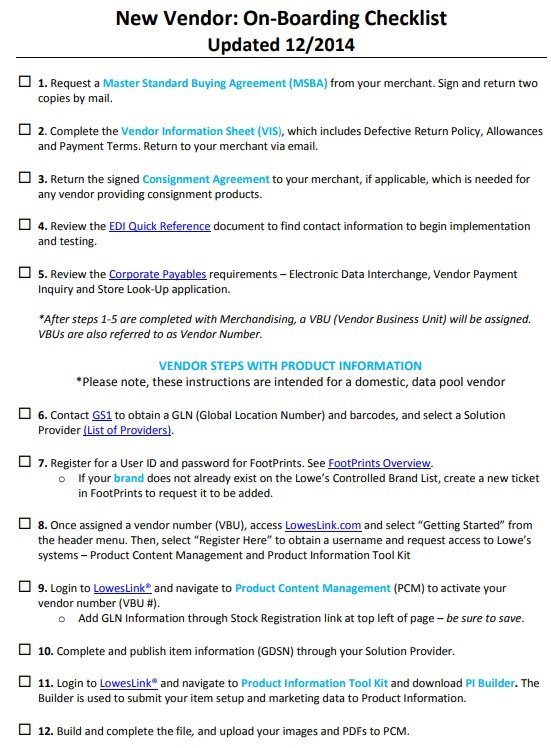The HR department of a company uses an employee onboarding checklist template while hiring new employees. This document proves very useful during the orientation process and helps the new employees in learning their new job.
Table of Contents
What is employee onboarding?
Employee onboarding is the process that the HR department of a company goes through to successfully hire a new employee. You need to access someone’s education and resources to determine whether they are able to hit the ground running and perform at their best.
Furthermore, it would be recommended to start onboarding before an employee’s official first day. You can name it a “pre-employment” or “training” period. This makes sure that they can perform to the best of their abilities when their official day arrives.
The benefits of employee onboarding:
Here are the benefits of this process;
- It improves communication between the company and new employees.
- It makes sure that a staff member is up-to-date on your procedures and encourages productivity.
- Employee onboarding helps to boost job satisfaction and employee retention.
What is an employee onboarding checklist?
The hiring managers use an employee onboarding checklist to organize the multiple steps of the more extensive onboarding process. It covers all important topics before the new employee’s first day of employment and in the immediate months after that.
What to include in an onboarding checklist?
An employee onboarding checklist should include the following critical sections;
- Details of an employee such as their name, title, department, and the name of their manager
- Pre-onboarding steps like reviewing the job descriptions, background checks, and more.
- First-day onboarding procedures overview
- Pre-onboarding steps like reviewing the job descriptions, background checks, and more.
- First-month onboarding steps (a review of any ongoing role-specific training or workshops, etc.)
- 90-day onboarding steps (comprehensive performance reviews, employee’s long-term goals, and more)
How to onboard a new employee?
Consider the following factors to onboard a new employee;
Overview of employee information
Include an overview of the staff member in your employee onboarding checklist. You have to specify their complete names, job titles, the department they’ll be working in, and their supervisor’s name.
Pre-Onboarding
In the pre-onboarding phase, you have to include activities that should be completed before the new hire’s official first day with the company. Review their job description in detail. In addition, you should make sure that all background checks and other employment verification steps are done. Also, create an employment contract and offer letter and specify their joining date.
First-Day Onboarding
You should welcome new hires on their first day and introduce them to their co-workers. Give them an office visit and introduced them to all essential staff members that they must know. After that, review the employee handbook and other related company policies.
Additionally, provide them assistance in setting up their workspace and equipment. You should also make sure that they have all the required IT system access and login details. Involve the new employee, their manager, and other team members when you are going to schedule first-week meetings.
First-Week Onboarding
The employee should do the following things during the first week of the onboarding process;
- Check in with their manager
- Participate in a company culture
- Complete any role-specific training
- Complete necessary workshops
First-Month Onboarding
An employee should have been assigned an ongoing onboarding mentor when their first month continues. They attend department and cross-functional team meetings as well as continue their role-specific training and workshops. During this phase, they also have a performance feedback session with their manager. This way, you can determine areas that need ongoing development and support.
90-Day Onboarding
Most organizations include a comprehensive performance review at this phase. They also have a detailed discussion of the employee’s long-term career goals and the creation of a long-term development plan. At this point, you can celebrate their achievements and milestone.
The phases of employee onboarding:
Here are the four phases of employee onboarding;
Compliance
Paperwork will be filled out by new hires where they get an understanding of organizational processes and procedures. For instance, they learn how to ask for time off, when their insurance coverage starts, etc.
Clarification
In this phase, the new hires will learn about the responsibilities of their jobs such as the day-to-day tasks they have to complete and their long-term duties. They also need to understand how their responsibilities are supported by other employees of the organization.
Culture
This phase of employee onboarding lets the new hires know how things work at the company. Managers should also make sure during this phase that new hires are well-versed in company standards.
Connection
This phase helps new hires in building relationships with their coworkers in the organization so it is the trickiest and longest phase. It is the manager’s responsibility to motivate friendly relationships between employees in both formal and informal ways.
How to create an onboarding checklist?
Consider the following steps while creating an onboarding checklist;
Background check
The onboarding checklist should start just after the employee accepts the offer. Give this checklist to the employee to fill out on their first working day. If the employee has any criminal record then an employee background check usually conducts. You must have an employee background check for every new employee.
Schedule and job basics
Prepare a schedule for the first day of the new employees so that they know how their day goes. Provide them a base on what they will do as well as give them a visit to the office. Tell them about the basics such as dress code, company policies, and more.
Job description and duties
Give the employees a detailed description of their job so that they know what they will do. Describe the type of job they have gotten as well as explain their positions and teammates.
Training
The most important part of new hires is training. You should be prepared to give training to them so that they know the work they are supposed to do. It would be better to give them a job orientation. In the orientation, introduce them to their colleagues and familiarized them with the workplace.
Review
In the end, review the checklist thoroughly and make amendments where necessary. This ensures that the new hires adjust to the company sooner and get productive.
FAQS (Frequently Asked Questions)
It depends on the role and the company’s hiring process. You just have to ensure that it covers everything from orientation to adjusting the new hire in their role.
The best way to review the results of your onboarding process and programs is employee feedback. Through feedback, you can know about their onboarding experience and any concerns they have.





